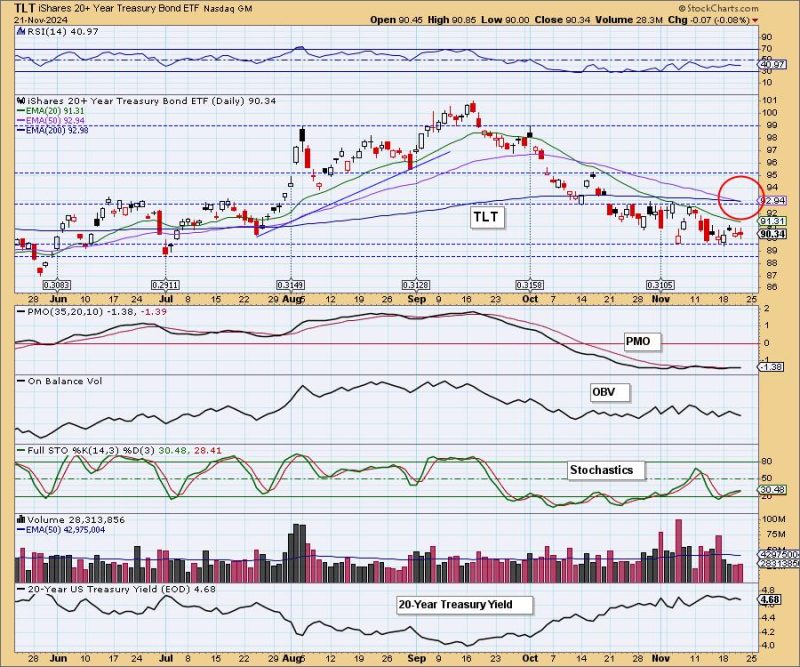The recent financial turmoil caused by the global pandemic has triggered a significant shift in the dynamics of the financial markets. One of the key indicators that investors closely monitor is the bond market, as it often reflects the overall sentiment and health of the economy. In recent weeks, bond yields have been on the rise, raising concerns among investors about the potential implications for other asset classes, such as stocks and commodities.
In a rather ominous development, bond prices have recently experienced a death cross sell signal. A death cross occurs when a shorter-term moving average crosses below a longer-term moving average, signaling a potential shift in market sentiment from bullish to bearish. In the context of bonds, this signal has raised red flags among investors, fearing a possible downturn in the bond market.
The bond market is a critical component of the global financial system, often regarded as a safe haven for investors during times of market volatility. However, the recent death cross sell signal has raised concerns about the potential impact on bond prices and yields. As bond prices fall, yields rise, leading to increased borrowing costs for governments and corporations, which could dampen economic growth prospects.
The implications of a death cross sell signal in the bond market are vast and far-reaching. Investors who hold significant positions in bonds may face capital losses as prices decline. Moreover, rising bond yields could put pressure on other asset classes, such as stocks, as investors seek higher returns in fixed-income securities.
Central banks and policymakers around the world are closely monitoring the situation in the bond market and are poised to act swiftly to mitigate any adverse effects on the broader economy. Lowering interest rates or implementing quantitative easing measures are potential tools that central banks may utilize to support the bond market and stabilize investor sentiment.
In conclusion, the recent death cross sell signal in the bond market is a sobering reminder of the fragility and interconnectedness of global financial markets. Investors must remain vigilant and adapt to the evolving market conditions by diversifying their portfolios and staying informed about the latest developments. While uncertainty looms in the bond market, prudent risk management and a long-term investment perspective are essential for navigating through these challenging times.




























